Beginner’s running guide: What I learned using a couch-to-5K app
Global Running Day is June 4, 2025 – Here’s what I’ve learned as a new runner
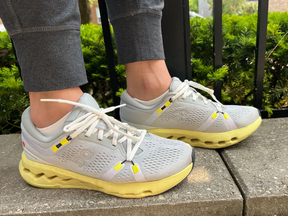
Article content
Reviews and recommendations are unbiased and products are independently selected. Postmedia may earn an affiliate commission from purchases made through links on this page.
Throughout my life, I’ve had a love-hate relationship with running. I didn’t grow up playing team sports where running was involved, and stopped taking phys-ed classes as soon as I checked off my high school graduation requirement. It wasn’t until I reached university and started taking advantage of the state-of-the-art gym equipment that I started to actually enjoy running consistently.
There were a few post-university years where I kept up my running habit until I started feeling pain in my knee and gave it up. In the decade or so since then, I’ve done a fair bit of physio to get my knee back in shape and have been inspired to pick running up again as a hobby – it’s inexpensive, gets me outside and can even be a good way to socialize (see the rise of run clubsacross the country).
For that reason, I wanted to work my way back into incorporating running into my fitness routine and recently began a training program using the Watch to 5K app. Here’s what I’ve learned since I started training to run a 5K in March 2025, leading up to Global Running Day on June 4, 2025.

Couch-to-5K: What I learned
Watch to 5K app
There are several fitness programs and apps aimed at running newbies, including the Watch to 5K app that I’ve been using. It offers a training schedule with runs that increase in length over nine weeks, and pairs seamlessly with an Apple Watch. You can track workouts in the Watch to 5K app, which syncs with Apple Fitness to close your daily rings and stay on top of your overall fitness goals.
During runs, the app shares prompts with a notification on your watch – it uses Apple’s haptic system to vibrate when it’s time to switch between running and walking intervals, so you don’t even have to look down while you’re running. It also tracks your heart rate, distance, pace and calories burned, and toggles between indoor and outdoor runs in case you prefer to use a treadmill. After your run is complete, Watch to 5K logs all of your metrics on the phone version of the app so you can see your progress in one easy dashboard.
The first time I used the app, it did take a few minutes to figure out how to pair it with my phone and start tracking, but a quick read through the FAQs helped. Once those issues were solved, it’s been smooth sailing ever since.
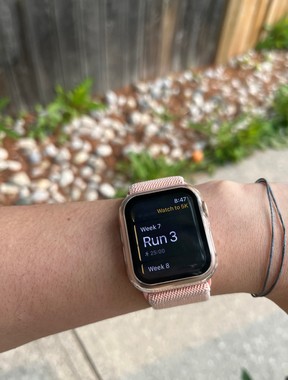
What worked
Making gradual changes: Using an app with a dedicated training program has been incredibly helpful in improving my stamina and endurance. It’s been easy to follow along each week as my time spent running slowly increases, taking the work out of planning runs for myself. When I started, a two-minute run was a challenge, but as of the time of writing this article, I’ve worked my way up to running for 25 minutes at a time.
Pacing yourself: When I first began this program, I was tempted to push as fast as I could during the short, one-minute run windows. It turns out the tortoise was right all along: it’s better to go slow and steady to keep your momentum rather than using up all your energy right off the bat. As a beginner, speed is far less important than a sustainable pace that lets you run comfortably for longer periods.
Incorporating stretching and strength training: Running several days a week can be tough on your body if you’re not used to that type of activity. To keep your body feeling its best, it’s a good idea to incorporate stretching and strength training into your weekly routine to support your muscles and decrease risk of injury.
I make sure to stretch for at least 10 minutes after every run, and I’ve added a day of weight training per week to focus on my lower body and avoid aggravating my old knee issue. Be sure to speak with your doctor or physiotherapist to create the right workout plan for you.
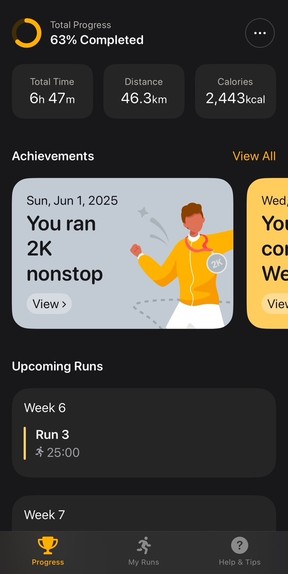
What didn’t work
Nine-week timeline: I may have been overly ambitious by starting my running journey in Canada in March, but I’ve learned that running outdoors in the cold wasn’t for me. I ended up restarting my program in April, and have been slower to complete the nine-week program as it’s been largely weather-dependent.
Treadmill vs. outdoor runs: I learned that I’m not a fan of running on the treadmill, and that’s okay. What works for one person might not work for another. It’s a good idea to experiment with location and time of day to keep your running journey feeling fresh and learn what you enjoy most.
Some of my favourite running gear:
- On Cloudsurfer 2, $200: The main pair of running shoes I used on this couch-to-5 K journey. They’re lightweight, bouncy and comfortable to wear while interval training and jogging.
- adidas Adizero Adios Pro 4 Shoes, $320: The other pair of running shoes I started using once I was able to run for more than 10 minutes at a time. These running shoes are extra springy and designed for speed.
- lululemon Track That High-Rise Lined Short 5″, $68: Running shorts with built-in underwear and a longer inseam for extra coverage.
- Girlfriend Collective Compressive High-Rise Legging, $120: Compressive, high-rise leggings that hold their shape and don’t fall down while running.
- lululemon Swiftly Tech Shirt 2.0, $68-$78: I have a long-sleeve and a short-sleeve version of this top, which stays in place and doesn’t ride up while running. I prefer the waist-length version, but it also comes in cropped and hip-length.
- adidas Own The Run Long Sleeve Tee, $60: Similar to the previous top, but made from a lightweight mesh material for breathable coverage.
- Reebok Lux High Impact Bra, $100: A high-impact bra that I don’t have to struggle to get into or out of, thanks to hook and eye closure around the band.
- Shefit Ultimate Sports Bra, $96: Another great high-impact sports bra that delivers plenty of support and adjustable straps at the shoulders and under bust. Available in sizes X-Small to 6-Luxe (6XL).
- lululemon Fast and Free Running Hat, $38: A breathable baseball cap to help keep the sun out of your eyes.
- MATEPROX Slim Running Belt, $14: A slim hip belt that has room to hold my phone and keys – all I need for short runs under 5K.
- Beats Powerbeats Pro 2 Wireless Bluetooth Earbuds, $350: Earbuds designed for running and other workouts. The earhooks keep them firmly in place while Beats audio delivers top sound quality.
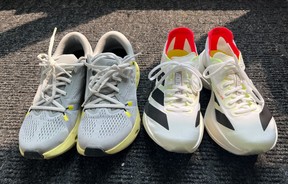
Couch-to-5K: Final thoughts
Unlike some others who may be starting a couch-to-5K program before taking part in an official race, running a 5K was mostly a personal accomplishment I wanted to achieve. I’m still working my way up to that goal, but I’ve come a long way since I first started my running journey two months ago.
I’ve been a little lax about sticking to the three scheduled runs a week in order to complete the nine-week timeline, sometimes only going for one or two runs in a week when the weather was bad. I may not have finished the program in exactly nine weeks, but I’m still proud of the progress I’ve made when I compare where I started to where I am now. Hopefully, now that warmer weather is here to stay, I’ll be checking that 5K run off my app in no time.
Shopping Essentials, a category written by research-obsessed shopping fanatics, is now on Canoe.com. Explore in-depth product reviews, expert recommendations and exciting collaborations — plus get behind-the-scenes info on your favourite brands and trending products — learn more here or sign up for our newsletter.
kmendonca@postmedia.com









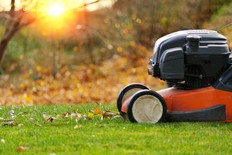

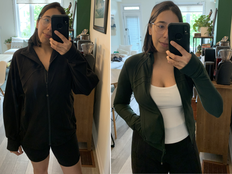
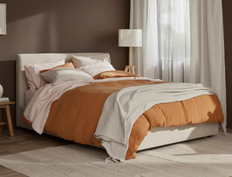

Postmedia is committed to maintaining a lively but civil forum for discussion. Please keep comments relevant and respectful. Comments may take up to an hour to appear on the site. You will receive an email if there is a reply to your comment, an update to a thread you follow or if a user you follow comments. Visit our Community Guidelines for more information.